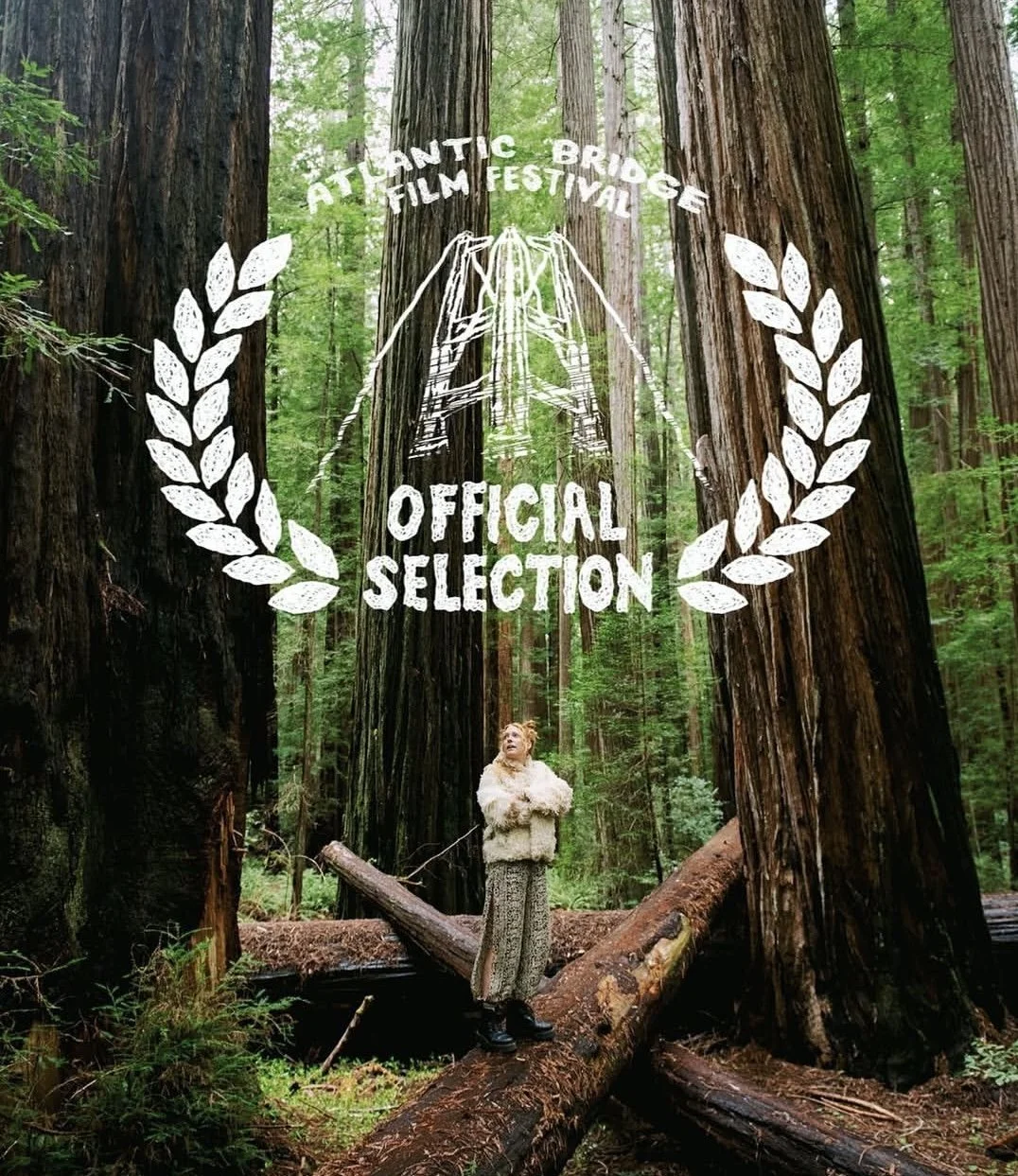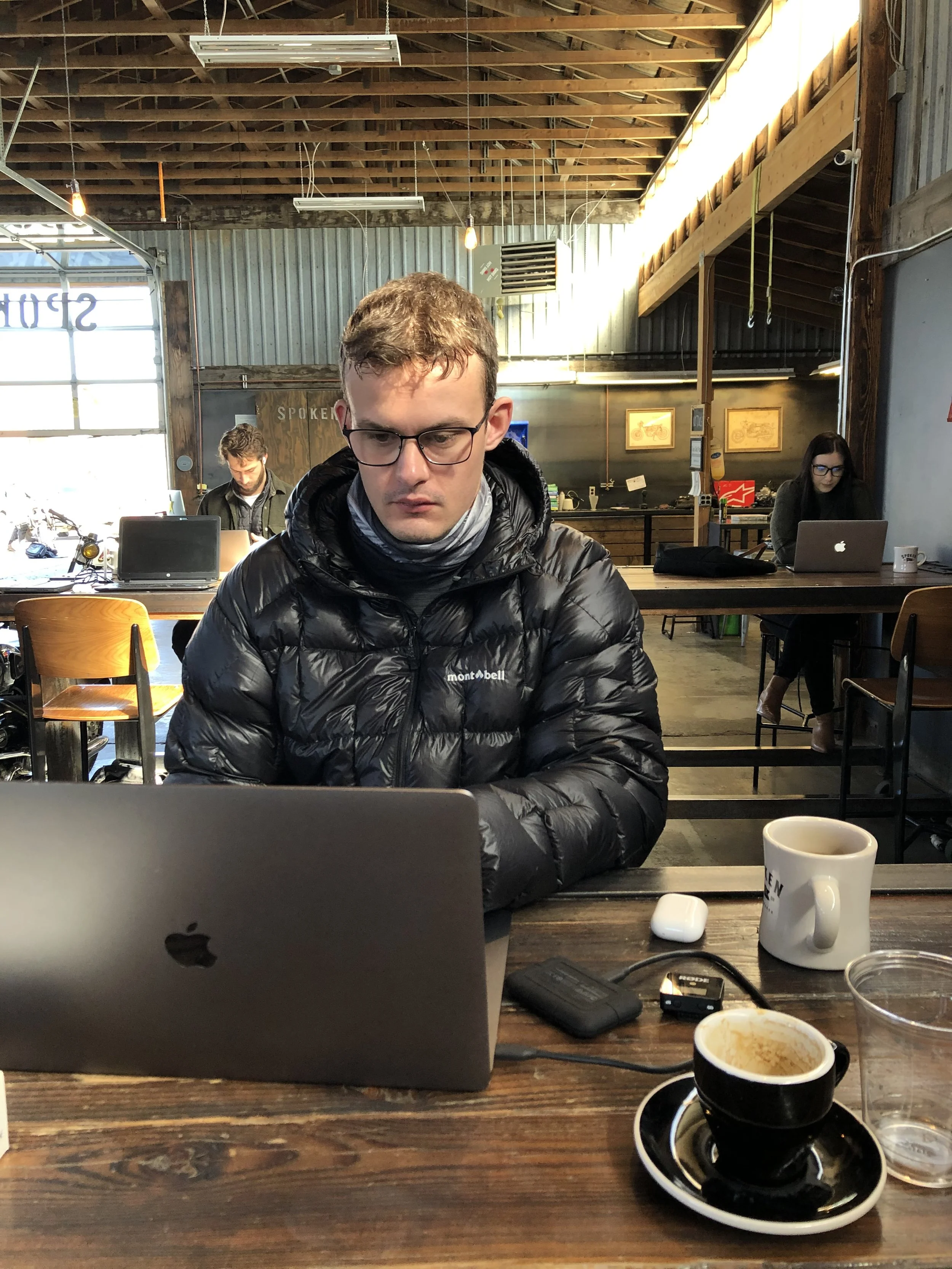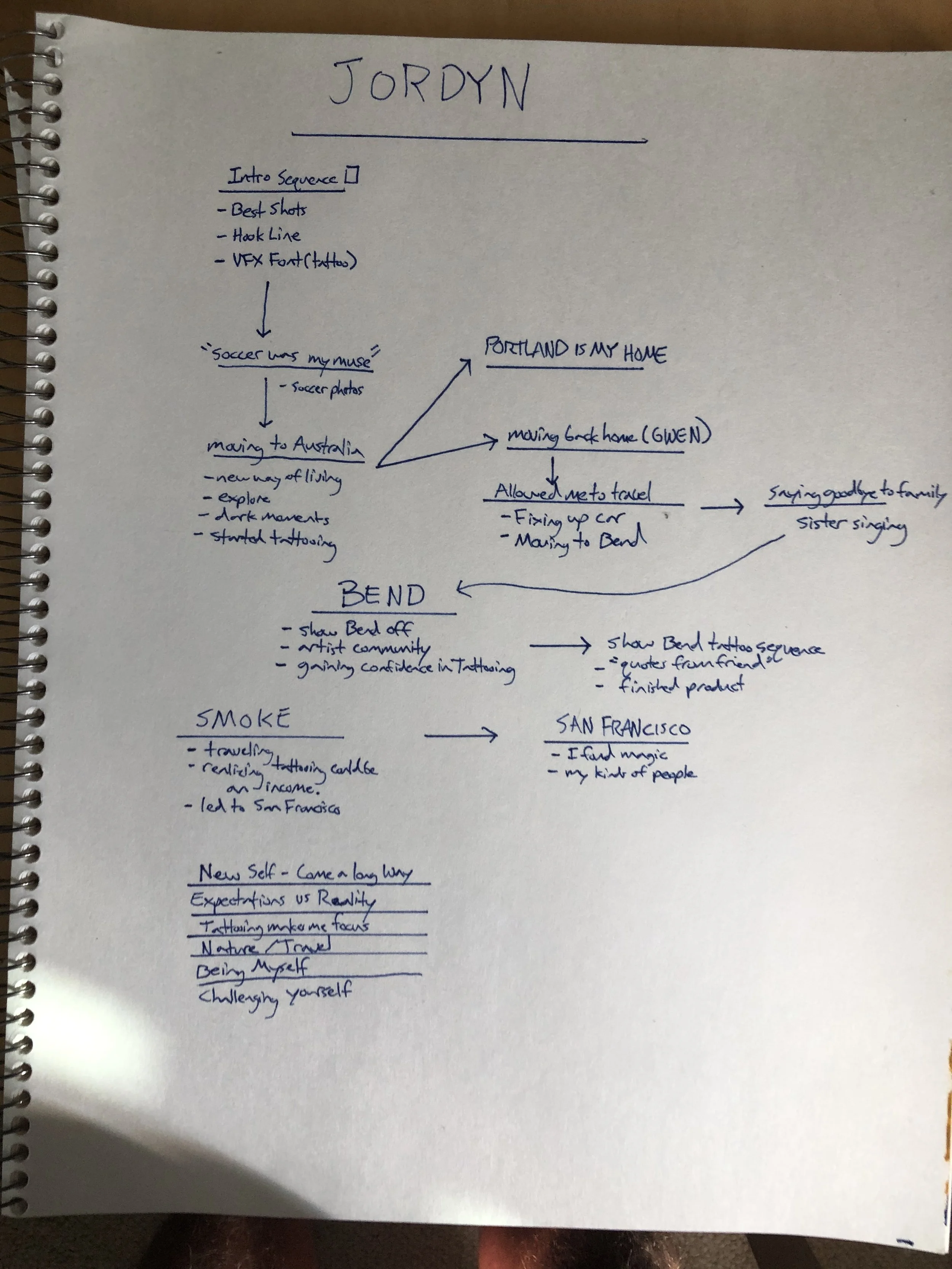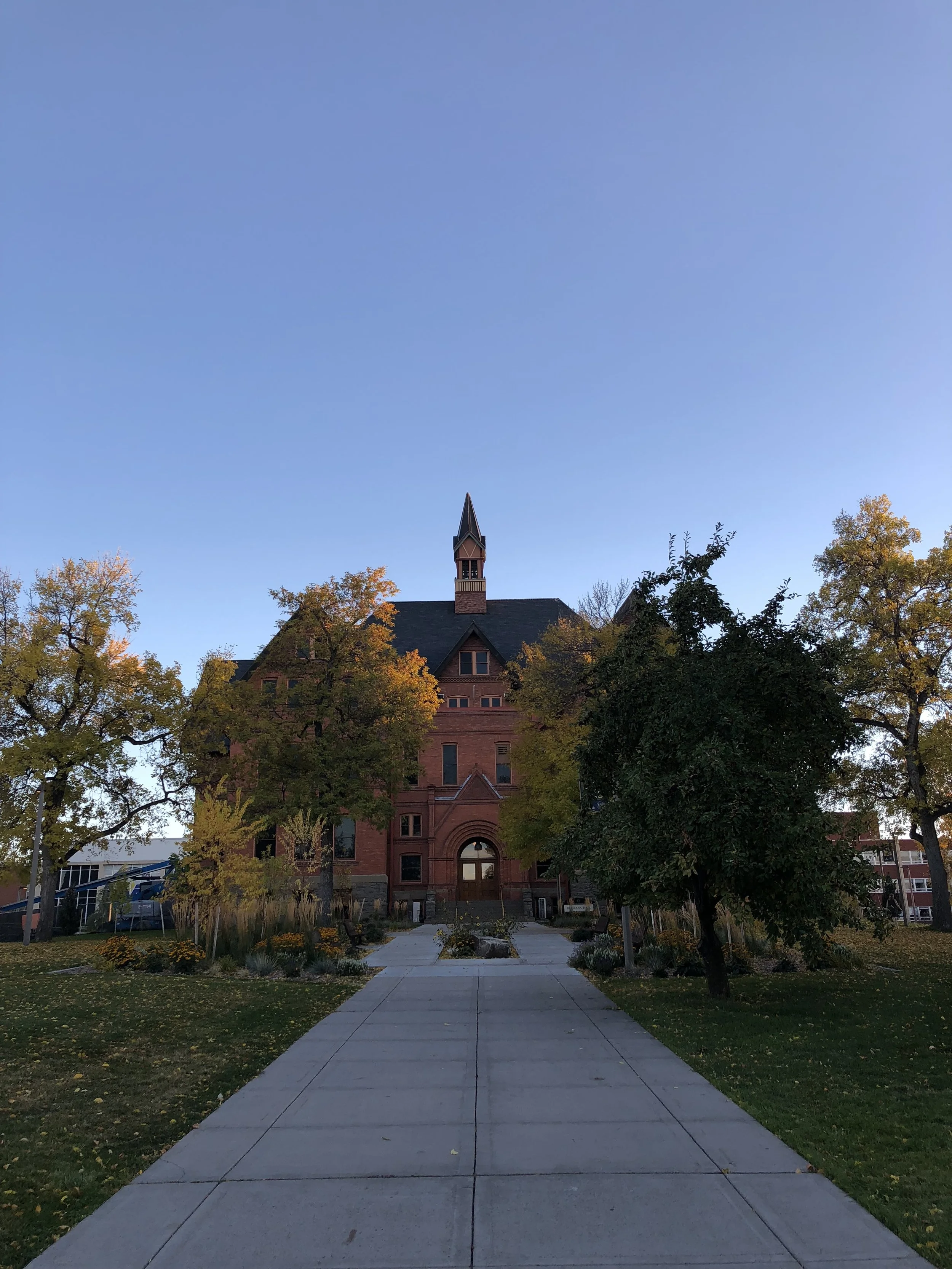Crafting Winning Stories Through Editing: Finding My Voice
When I first opened iMovie, I was 10 years old. My best childhood friend was moving away, and my dad had the idea to create a “going-away film.” I was hooked immediately. Creating that film was a rush of possibility and excitement that I didn’t know existed. The concept that I could film reality, add music, make people laugh, and then show a piece of work that makes people feel emotion—and possibly even cry—was transformative. I never looked back.
From that moment onward, I started filming mini-movies in the woods of western Washington, pretending to direct the next Indiana Jones film, a Lord of the Rings sequel, or an original comedy. The editing process was always the most invigorating part for me, as I got to witness all the possibilities and magic of moviemaking right before my eyes. As I grew in my editing skills, comedy kept me coming back to storytelling. I loved making people laugh, and my mind was always racing with funny concepts or deadpan humor. I was more focused on the story than the technical aspects, something I still resonate with today.
In college, I continued honing my editing expertise at Montana State’s School of Film and Photography. Switching from Final Cut to Adobe Premiere Pro was overwhelming at first, but it ultimately made me a better editor and opened new doors to 2D and 3D animation in After Effects.
After college, I got a job at Expedition Overland, where working with Clay Croft and Nathan Norby greatly influenced my editing as a documentary storyteller in long-form content. Clay was a big influence, always emphasizing the big picture and ensuring that sequences didn’t just drag along but had highs and lows. Some of his critiques still stick with me today; he once noted that my edits sometimes “just hum along,” lacking pronounced peaks and valleys.
Over the past six years, I’ve worked for numerous brands and well-known YouTube channels. I’ve edited my own documentary shorts, which have won first place at various film festivals across the country. In my opinion, their success stems from expressing subject matter in a way that aligns with our basic human needs for acceptance, belonging, and authenticity. The one piece of advice I can give to anyone starting in editing is to keep creating and experiment to see what works. Stay authentic to your editing style, as it’s better to be yourself than a poor imitation of someone else’s style. Study books like In the Blink of an Eye and treat filmmaking as both an art form and a science. I’m not a big fan of social media editing, where everything is 2–12 frames long and designed solely for dopamine rushes. Instead, learn about composition, color, and when to cut to a close-up or a wide shot. Before you can break the rules, you must understand why they exist and why they’re effective.
When editing for brands, find a balance between your style and the client’s identity. Honor both the art and the client by shaping parts of your style to reflect the subject. Before starting an edit for a brand, I always review their website and past work, while also noting ways their content could be improved.
Lastly, have fun.
Silas















